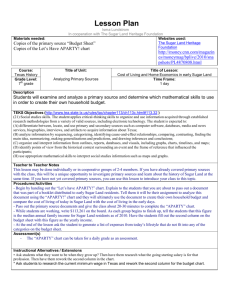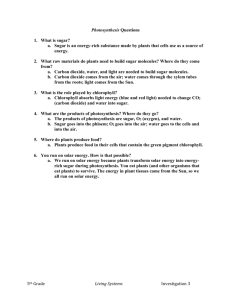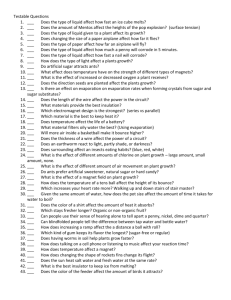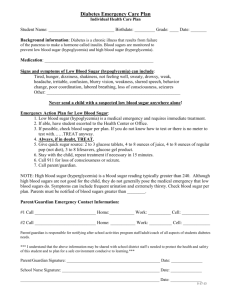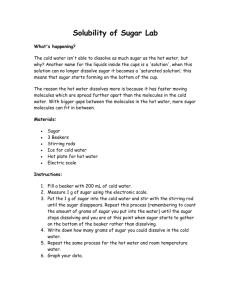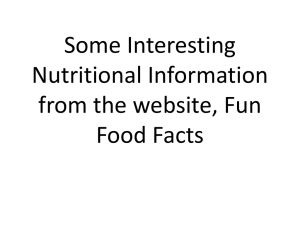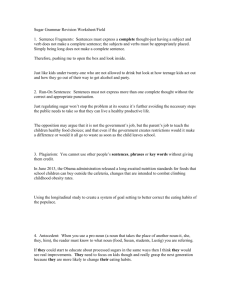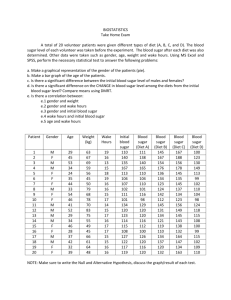Stephanie Smallwood
advertisement
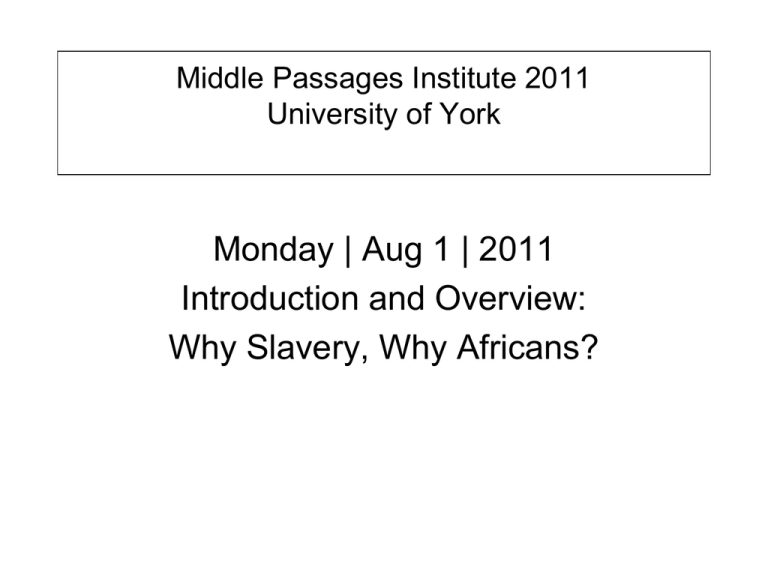
Middle Passages Institute 2011 University of York Monday | Aug 1 | 2011 Introduction and Overview: Why Slavery, Why Africans? Atlantic Slave Exports from Africa, c. 1450-1866 1450-1500 @50,000 1501-1600 277,506 1601-1700 1,875,631 1701-1800 6,494,619 1801-1866 3,873,580 TOTAL 12,571,336 Estimated Volume of African Slave Exports, c. 1601-1900 Trans-Saharan Red Sea Indian Ocean Atlantic Ocean 1601-1800 1,404,000 303,000 505,000 8,371,000 10,583,000 1801-1900 1,200,000 492,000 1,618,000 3,874,000 7,184,000 2,604,000 795,000 2,123,000 12,245,000 17,767,000 From Atlantic Exploration to Transatlantic Slaving Portuguese Motives? Fall of Constantinople (1453) Mansa Musa, shown in Catalan Atlas (1375) “Dar el Islam,” c. 1300 "The veins of gold ore having been exhausted, the Blacks had to work in sugar” Hispaniola, late 16thC This woodcut was produced by the De Bry brothers, Flemish engravers who never visited the Americas themselves. They based their illustration on the following passage describing sugar production on the island of Hispaniola: "When the natives of this island (Espanola) began to be extirpated, the Spaniards provided themselves with blacks (Mori) from Guinea . . . and they have brought great numbers thence. When there were mines, they made them work at the gold and silver; but since those came to an end they have increased the sugar-works, and in these and in tending the flocks they are chiefly occupied, besides serving their masters in all else” History of the New World by Girolamo Benzoni, of Milan. Shewing his travels in America, from A.D. 1541 to 1556 . . . . Now first translated, and edited by Rear-Admiral W.H. Smyth [London: Printed for the Hakluyt Society, 1857; original published in Venice, 1565]. p. 93 Source: Sugar Making, Hispaniola, late 16th cent.; Image Reference LCP-25, as shown on www.slaveryimages.org, sponsored by the Virginia Foundation for the Humanities and the University of Virginia Library. “Sugar surrendered its place as luxury and rarity and became the first massproduced exotic necessity of a proletarian working class” Sidney Mintz, Sweetness and Power, 46 The Critical Role of Sugar “Sugar--or rather, the great commodity market which arose demanding it--has been one of the massive demographic forces in world history. Because of it, literally millions of enslaved Africans reached the New World, particularly the American South, the Caribbean and its littorals, the Guianas and Brazil. This migration was followed by those of East Indians, both Moslem and Hindu, Javanese, Chinese, Portuguese, and many other peoples in the nineteenth century. It was sugar that sent East Indians to Natal and the Orange Free State, sugar that carried them to Mauritius and Fiji. Sugar brought a dozen different ethnic groups in staggering succession to Hawaii, and sugar still moves people about the Caribbean.” Sidney W. Mintz, “The Plantation as a Sociocultural Type,” in Plantation Systems of the New World (Washington, D.C.: Pan American Union, 1959), p. 49. Also in Mintz, Sweetness and Power: The Place of Sugar in Modern History (New York, NY: Viking, 1985), p. 71
